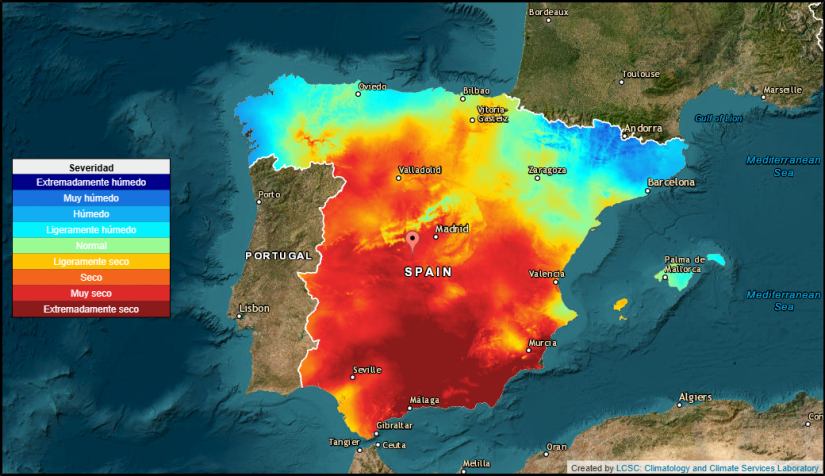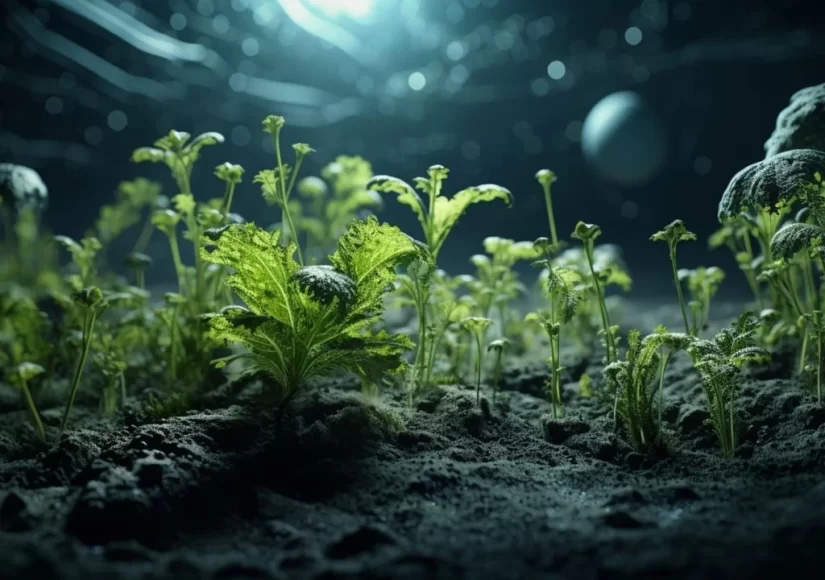Huit facteurs clés pour l’avenir de l’irrigation en Espagne, selon le rapport du Bureau central.
L’Office C agit comme un pont entre la communauté scientifique et les décideurs politiques. Son rôle consiste à écouter les experts, analyser des études sur des enjeux clés — tels que le climat, l’eau ou les ravageurs — et transmettre ces informations aux députés sous forme de synthèses claires et accessibles. L’objectif est que l’élaboration…







![BrioAgros-pitch-Winner-in-the-World-Congress-of-Angel-Investors-2020-1024×528[1]](https://brioagro.com/wp-content/uploads/2020/12/BrioAgros-pitch-Winner-in-the-World-Congress-of-Angel-Investors-2020-1024x5281-1-825x425.jpg)
